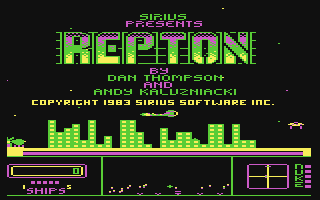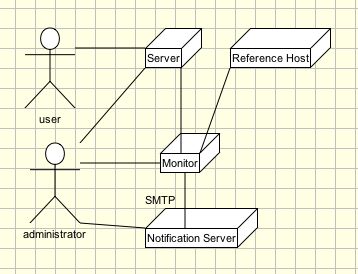META is part of the DARPA Adaptive Vehicle Make program. I participated as lead software engineer for BAE Systems Burlington, MA. Our participation in the program lasted about 18 months and was the first time I’d interacted so broadly with academic participants.
Our team put together some pretty interesting ideas and demo’d software every 8 weeks.
The software we wrote for the project was done under a BSD like license per DARPA requirements, and so it is probably the largest amount of software I’ve written that I can not only show to people outside the project, but also reuse on other projects.
Here are the program deliverables, and my team’s specific contributions.
Note that I included MD5sums in the delivery, but DARPA chose not to post them that way.




